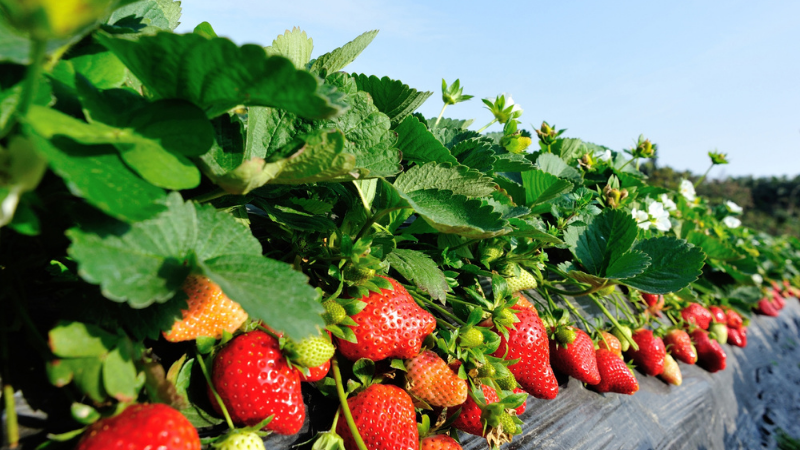Top Alternative Crops GenNext Growers Should Consider
If you’re looking for something new to plant — and let’s face it, as up-and-coming growers, you should be searching for opportunities — you’d be wise to consider the sentiments voiced by the late Liberty Hyde Bailey.
Cofounder of the American Society for Horticultural Science, Bailey is credited with being instrumental in starting Extension services, and he said something to the effect that nine in 10 people can grow a given crop, but only one in 10 can make money at it. In that “show me the money” spirit, five university experts from across the country took a quick stab at what alternative crops specialty crop growers might want to consider.
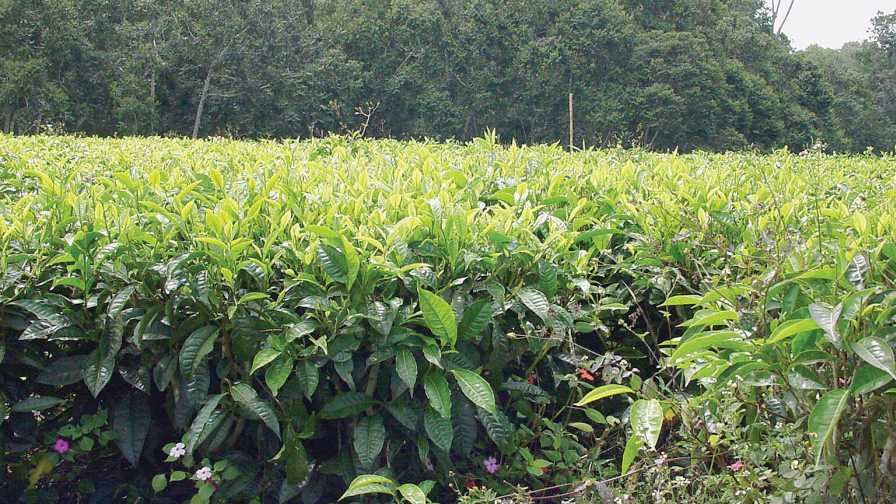
Tea
Photo by Chuck Bargeron
Jeff Dahlberg, University of California Kearney Agricultural Research & Extension Center
“California is an odd duck, because we grow 380-odd crops already, and it’s a challenge to find something new,” says Dahlberg.
One new/old one is tea, which is getting a lot of interest. Tea sales are soaring worldwide, in part because people see health benefits they can’t get from coffee.
“Tea’s blown up in last couple years, and now you even see tea sold in jugs at convenience stores,”
says Dahlberg.
High end loose leaf teas can command $30 to $40 for a few ounces, so it could be an interesting adventure for a small farmer. There are doubts about California’s climate not being conducive to tea, says Dahlberg, but then again, that was commonly believed about blueberries 20 years ago. “Once we planted the right varieties, that just took off.”
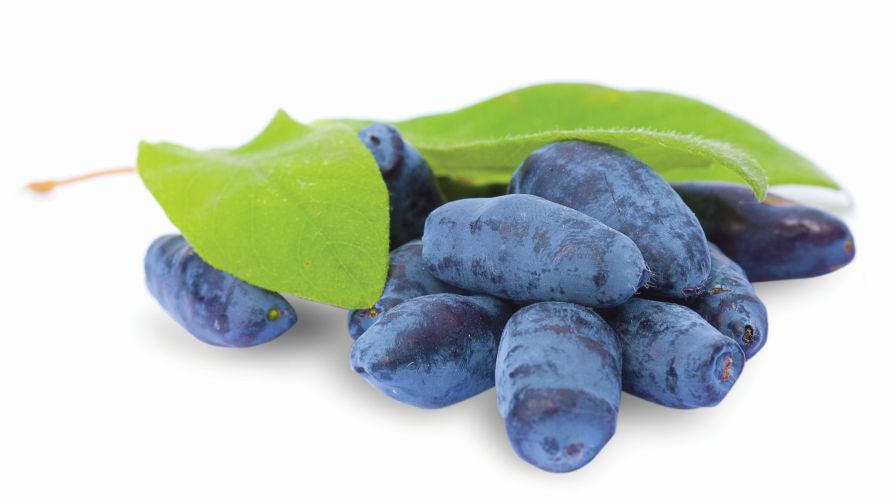
Haskap berries (Photo credit: haskapa.com)
Mark Longstroth, Michigan State University
One possibility is the honeyberry, also known as the haskap. There’s not a huge market for it, at least currently, but the fruit does have one huge advantage. It ripens so early, even in Michigan, growers can harvest it before spotted wing drosophila (SWD) starts feeding on berry crops.
Other possibilities include the aronia, also known as the chokeberry. But it doesn’t have a lot of Brix. “I eat cranberries out of hand,” he says, “but aronia was too bitter
for me.”
Currants are in the same boat. A young grower could probably sell a pretty fair number to upscale restaurants. But Longstroth notes currants have to be picked by hand. “And the labor force in produce here has just dried up,” he says.
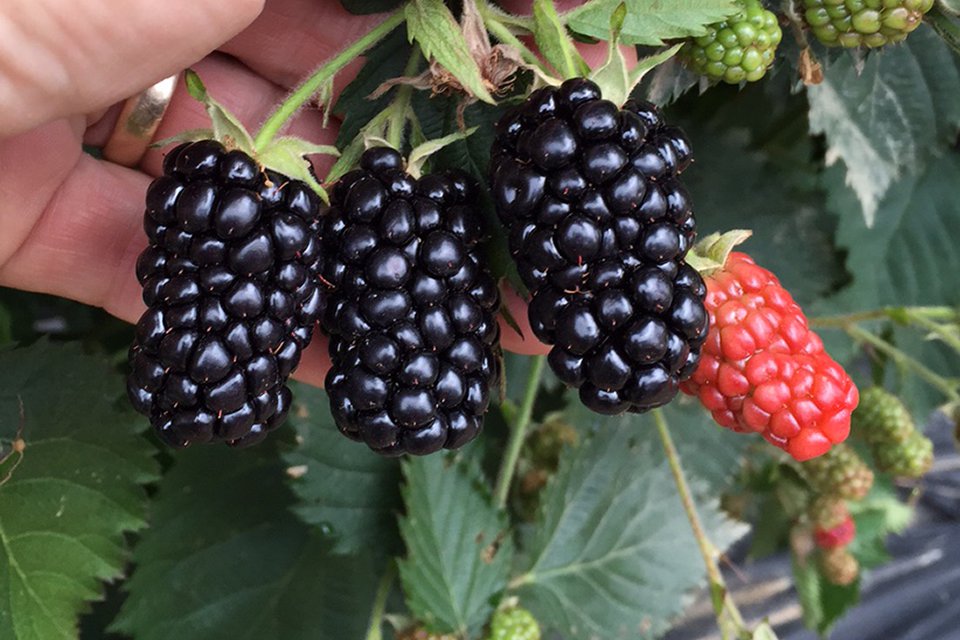
Prime-Ark blackberries
Zhanao Deng, University of Florida
Four crops familiar to growers in other parts of the country (especially California) that Florida growers have just begun to familiarize themselves with are blackberries, pomegranates, artichokes, and hops.
Both blackberries and pomegranates are considered “super-fruits,” so rich in nutrition, consumers aren’t just interested in consuming them, they’ve demonstrated they will pay big bucks. Both also share a downside in Florida, a lack of chilling hours.
As for pomegranates, Deng says time will tell. Because it’s a perennial crop, it will probably be a decade or more before it will be known whether pomegranates will be successful, but he’s confident. First, they’ve proven successful in Georgia, which doesn’t have that many more chilling hours. Second, scientists already are making great strides against fungal pathogens that initially looked insurmountable.
Deng says initial plantings of blackberries look really good, both in yields and quality. It turns out the new varieties from the University of Arkansas and breeder John R. Clark can thrive in the Sunshine State. The Prime-Ark* series (*Clark has registered the variety name as a trademark with the U.S. Patent and Trademark Office), with ‘Natchez,’ ‘Osage,’ and ‘Freedom,’ among others, look fantastic, says Deng.
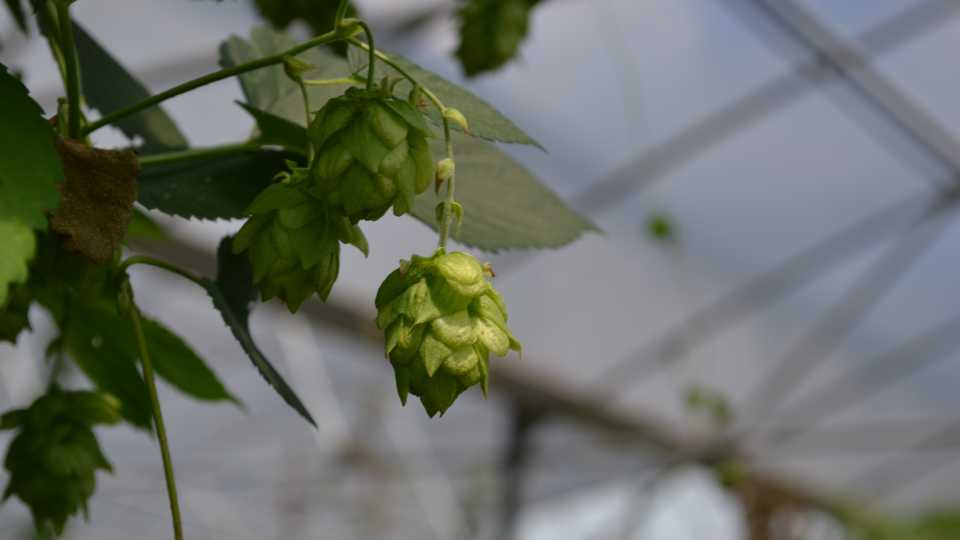
Florida hops
Photo by Paul Rusnak
With hops, the key consideration is not so much chilling hours, but length of day, says Deng. Hops generally need longer days, with 15 hours of sun or more. Florida gets closer to 13 to 14. He is optimistic because the demand for locally sourced quality crops is keen, which should translate to more research dollars.
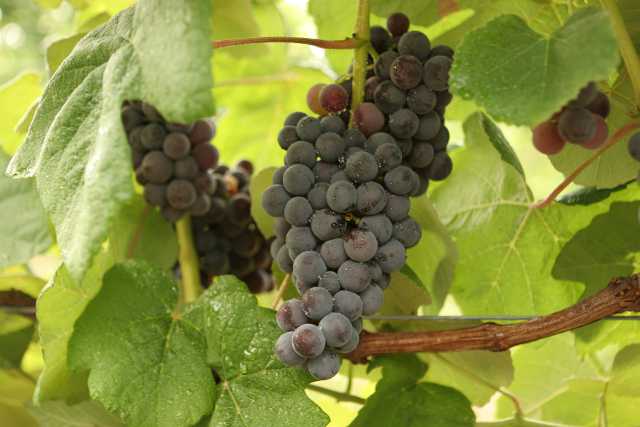
Mars is a vigorous, blue seedless variety.
Jon Clements, University of Massachusetts
The “Eat Local” movement is alive and well in Massachusetts. For fruit growers, that means table grapes are in demand. Locally grown, pick-your-own apples have been around for years, but having table grapes fresh off the vine is new. “When people see locally grown grapes,” Clements says, “they go nuts.”
Clements says because of the possibility of having your crop wiped out because of a weather event, he wouldn’t advise small growers to plant much more than an acre. If growers are interested, they might want to consider the following varieties: ‘Marquis,’ a green grape; ‘Vanessa,’ which is light purplish/red; and ‘Mars,’ a dark purple grape.
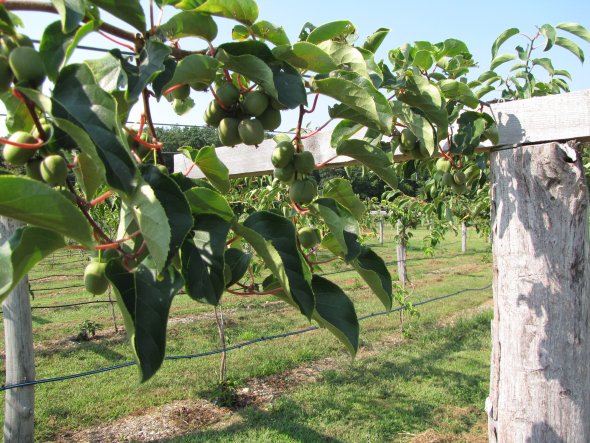
Kiwi berries Photo courtesy of New Hampshire University
Marvin Pritts, Cornell University
“In upstate New York, there’s a lot of interest in a fruit called Hardy Kiwi,” says Pritts. “Not to be confused with the traditional Kiwi, which is larger and fuzzier. Hardy Kiwi has smooth skin and is a little bigger than a standard table grape. They are delicious — really, really good — just full of sugar,” says Pritts. “It’s one of those crops that is perhaps up and coming. A few growers have already gone ahead and planted some sizable acreage.”
Like Longstroth, Pritts says the Haskap has drawn a lot of interest. He thinks their bitterness can be overcome by processing them like dried cranberries, which look like red raisins. “Like Craisins,’ you infuse them with sugar and dry them down,” he says. “They come out soft, chewable, and flavorful.”
Another possibility is the Juneberry, which has a lot of names, such as Service Berry, Shadbush, and Saskatoon. It looks like a blueberry, but it’s actually in the apple family. You can eat them fresh, but they are mostly processed for pies, jellies, etc. “There’s a movement to plant Juneberries,” Pritt says. “A big advantage is it fruits in June, and like Haskap, comes before SWD.”






